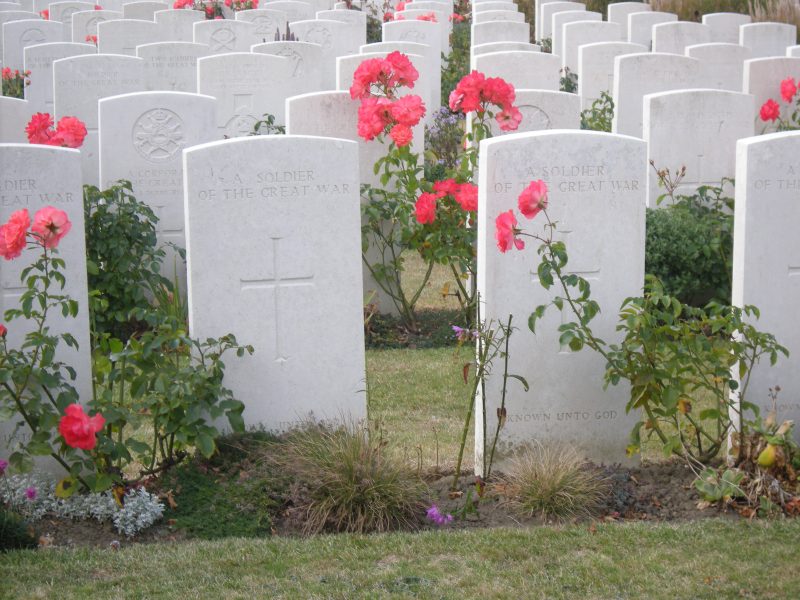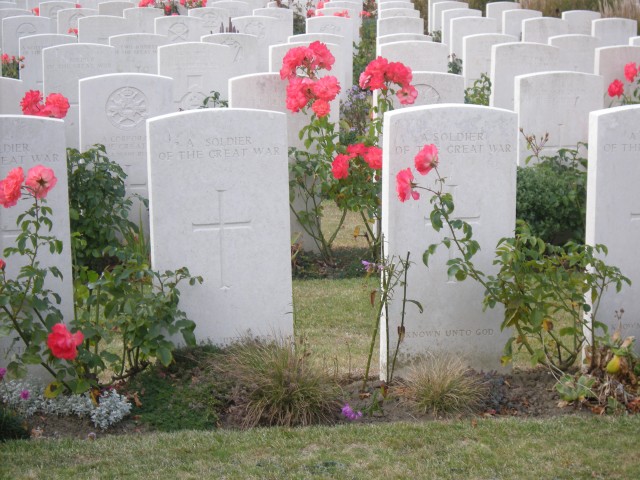Many picture war graves as depressing rows of white, unmarked crosses. Some, however, have put in the effort to make their appearances more viewer friendly, with gardeners working overtime to meticulously maintain lush plant life. In over one hundred and fifty nations, thousands of such sites have made it more comfortable for today’s visitors to take stock of the vast number of lives lost through war. At the behest of the Commonwealth War Graves Commission, such sites have been maintained for decades.
Numerous flowers and other assorted plants add color to the otherwise grey sites, littered with the tombstones of fallen soldiers. They are taking into account not only the historical value of the sites, but also the personal ties that many visitors will inevitably have, especially in some European nations where nearly everyone alive at the time was affected by the war. Such war graves are often visited by relatives who know little about certain family members aside from their war service. There are also some WWII veterans and survivors who still visit such sites today.
Such sensitivity arises in part due to the ugly nature in which many died during the two world wars. Gardeners also take on other duties, such as providing walkways and keeping headstones clean. The soil and grass also has to be looked after, since war graves generally receive more visitors than standard cemeteries and therefore receive more damage. Some sites are even using maintenance tactics used by those who put turf in sporting arenas, The Telegraph reports.
Kew Gardens, known for its plethora of different plant species, has added to the project in former times. Many of the species employed came from the same regions as the soldiers buried. Still, as meaningful as this gesture is, it comes secondary to the overall maintenance of the war graves and therefore no plants are used today that cannot stand up to the climate in which they are expected to live.
The Commonwealth War Graves Commission maintains some locations at the site of famous battles, such as the Somme of Villers-Bretonneux. Some such locations host events in remembrance of the battles and the soldiers lost to them. These can be found on the commission’s website, as can listings of all sites local to the user. There are due to be many events in the coming year, in honor of the WWI centenary as well as the 70th anniversaries of various WWII battles, including Normandy. This means that maintenance is especially important right now, as the war graves are due to receive higher visitation rates than usual.

